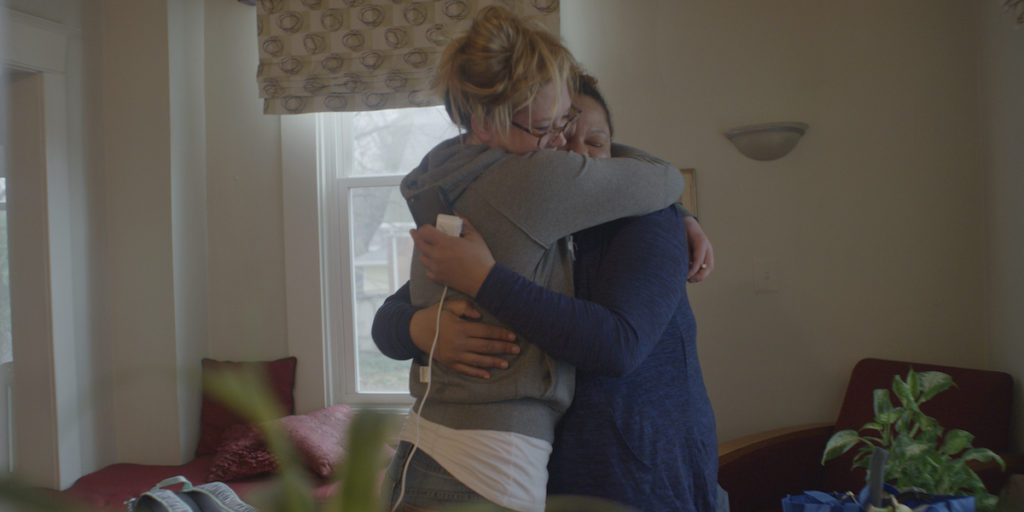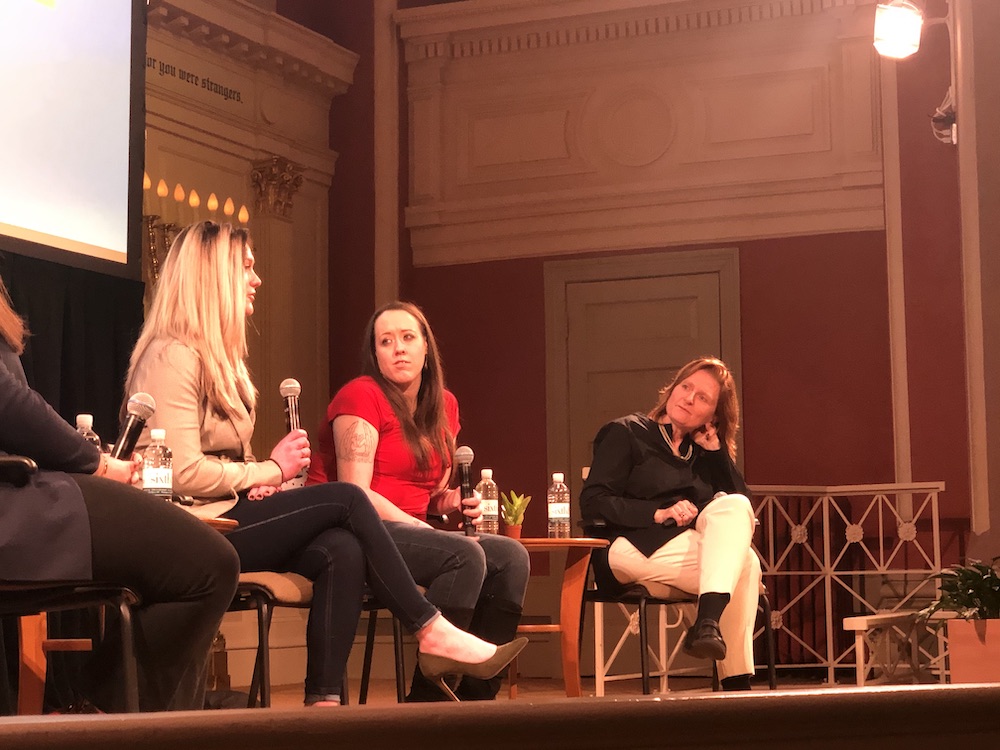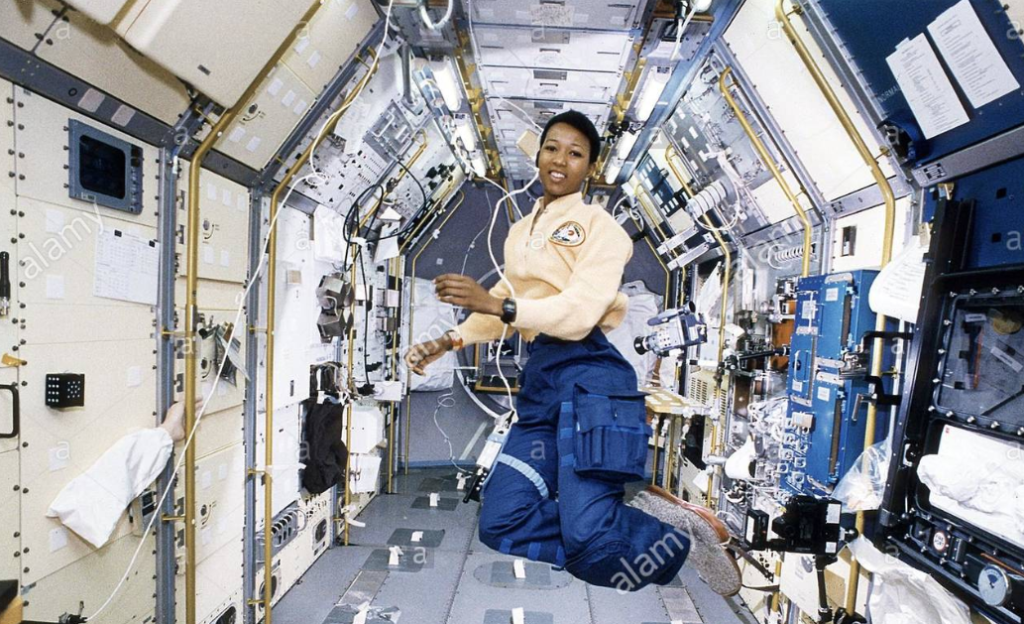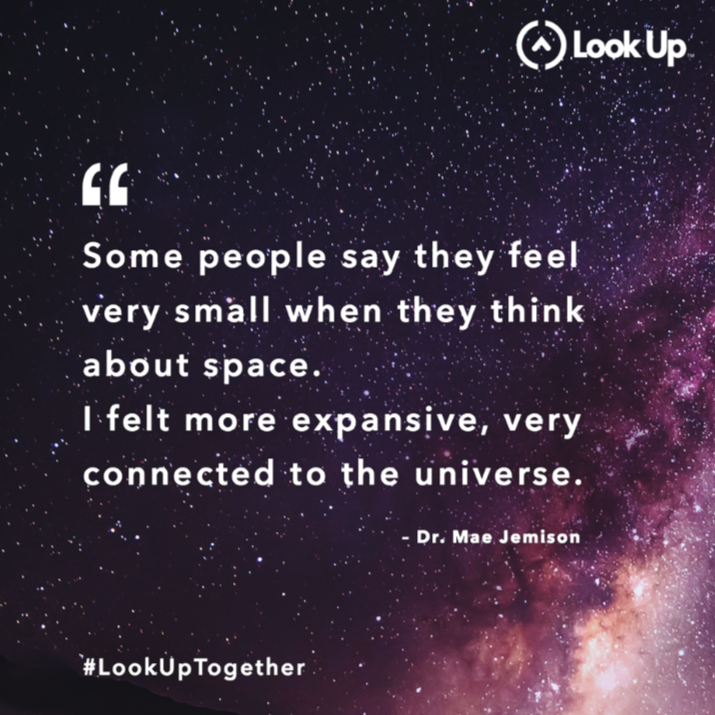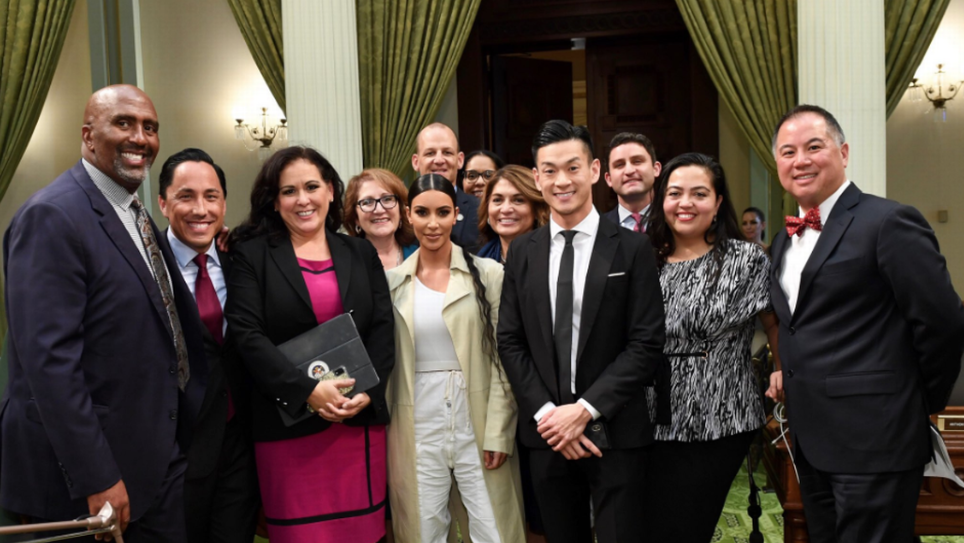At the Foundation’s recent event, Confronting the Public Health and Ethical Challenges of COVID-19, Dr. Fauci acknowledged trust in our public health has eroded with rampant misinformation and a struggle for Americans to balance individualism with the greater good. “I have to believe…that ultimately the better angels will return as dominant force…and that we will return to a much more considerate approach towards the rest of the world,” he said.
The November 1 event drew more than 650 participants to an evening of discussion featuring the public health power couple leading the fight against COVID-19, Dr. Fauci and Dr. Christine Grady. The virtual 2021 William C. Stubing Memorial Lecture, was moderated by CNN’s Chief Medical Correspondent, Dr. Sanjay Gupta, and produced in partnership with the NYU School of Global Public Health. I was proud to be part of the planning and live production of this event and to meet Dr. Grady and Dr. Fauci who commented on a wrap I had knitted – an honor that will resonate with my fellow crafters).
Drs. Fauci and Grady, who married in 1985, made a rare appearance together to discuss current events and their storied careers on the front lines of public health. Dr. Grady, a Greenwall Foundation Faculty Scholars Program Committee Member, is Chief of the Department of Bioethics at the National Institutes of Health Clinical Center. Dr. Fauci is Director of the National Institute of Allergy and Infectious Diseases.
“The public has paid more attention to science during this pandemic than maybe most other times,” said Dr. Grady. “[What] comes with knowing about science and paying attention to science [is] a realization of how messy science can be, how uncertain it can be, and how things do change over time.”
Read more about this year’s lecture in Greenwall’s blog.

